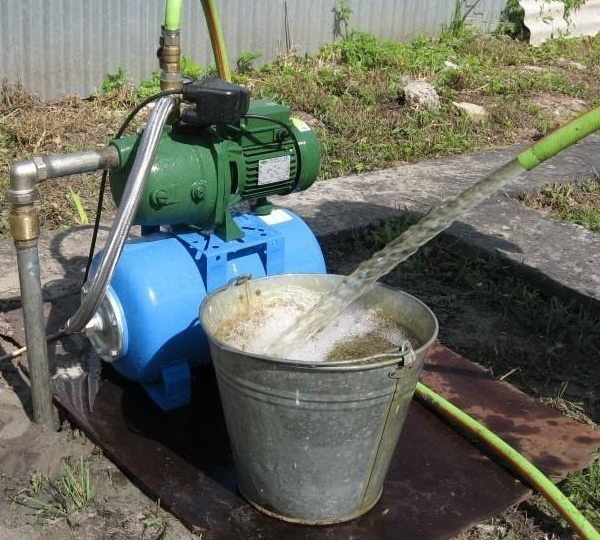How to install a heated towel rail after installation errors
Hello, tell me, please. Without thinking, they first laid the tile and just left the polypropylene pipes sticking out of the wall under the heated towel rail. It was time to put it, but as it turns out, it was necessary to solder the adapter from plastic to a thread under a metal corner for a heated towel rail. What options are there to connect a heated towel rail so that everything is beautiful from the outside, that is, so that a nickel-plated corner like a heated towel rail looks from the wall? And also, accordingly, the question arose whether it is possible to screw a metal corner with a thread just inside a polypropylene pipe?
Alexander
Expert Answer
Hello, Alexander. There are several ways to solve your problem.
The first and most logical is to pacify the perfectionist and leave everything as it is. The polypropylene fitting can be hidden with a suitable chromed cap or painted with nickel paint (all this can be found in shops for motorists).
The second is to dismantle several tiles and do everything according to the technology. In this case, the maximum reliability of the joints and the aesthetics of the structure will be ensured.
The third method is the most time-consuming and will require maximum accuracy from you. A crown on tile or porcelain stoneware will need to cut a hole corresponding to the maximum diameter of the fitting. After that, cut the polypropylene pipe with a drill with a flexible shaft and a tip in the form of a mini-saw. To heat its edge, you will need a longer nozzle for a soldering iron, which can be ordered from a turner (in extreme cases, you can use a gas torch or a construction hairdryer). Installation is carried out in the traditional way, the only thing - you will not have the right to make a mistake. The fitting outlet can be decorated with a suitable nickel plated washer.
It is not recommended to turn the corner into the pipe, because in this case it will not be possible to ensure reliable operation of the connection under pressure. Thermal deformation of materials when heated sooner or later will lead to leaks.


